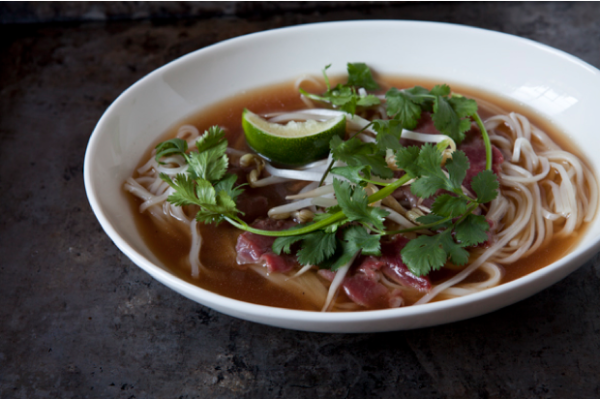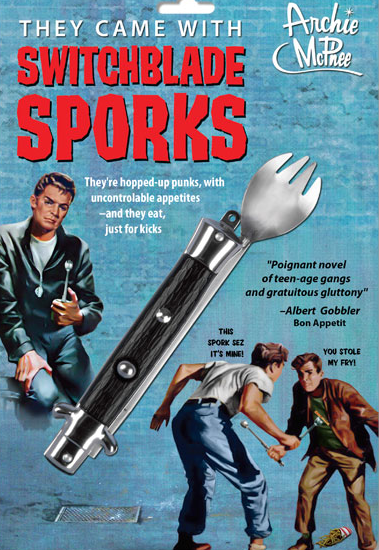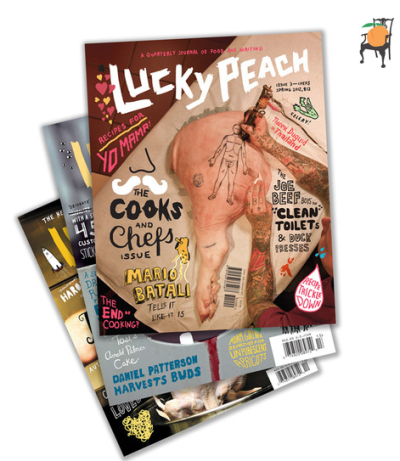This week kicked off a new column on branding and marketing for SEA, Seafood Experience Australia.
Polish up your Marketing
May 2 | Posted by sea |
Today we introduce a new advice column for sustainability-minded seafood entrepreneurs and seafood professionals who are seeking answers to questions about product branding, marketing, public relations, and more.
The column’s California-based authors, Alisha Lumea and Polly Legendre together possess over 30 years of experience as entrepreneurs, activists and chefs to promote sustainable food systems.
In the column, we’ll tackle questions and concerns such as:
- What are the best ways to communicate with my customers?
- What does my web site need to do for me?
- I’d love to get some press, but how do I put together a press kit? Do I even need a press kit? What’s a press release supposed to say anyway?
- My sales materials aren’t working — help!
The goal is to make this column a place to get answers, so feel free to bring us your questions and your conundrums. Tell us a little about yourself, your business and where you are.
Up today — customized communications for individual customer groups. We talk about customers to describe multiple stops on the value chain, but to connect with the customer, you have to understand the needs of who you’re talking to.
Tell the story to suit the audience
More often than not, seafood producers focus their attention on industry-driven information — the latest technology used, updated hygiene practices, and the like. While this is all relevant and interesting information to aquaculture professionals and fishmongers, it is not the news that end-user customers find compelling. Let’s be honest, the latest fish pump technology is not very appetizing, and ultimately, you’re selling food.
We have to be able to adapt the message to the audience so we’re giving them information they can use. You’re not changing the story, but you are changing the framing.
Distributor purchasing Distributors need information that will allow their purchasing department to decide that your fish is the best bet for quality, shelf-life and that it will sell itself, not clog up the warehouse and sit there. This is a very important component of selling your fish, but it’s just the first step.
Distributor sales teams The distributor sales team will need information that allows them to quickly grasp multiple facets of your product to make it relevant to their chefs, all on a three minute phone call. They are looking for the edge and what’s new and exciting to help them find the chef “fit.” Remember, these sales teams are managing hundreds of individual chefs and restaurants each day! If you give them what they need, they will talk up your products all day long.
Foodservice & retailers Chefs, waiters, hotels and banquet managers, not to mention retailers, need a slightly different set of information. They are the front lines of service, telling your products story to the person who will be eating it. This version needs to be much more personal and appetizing. For people to get excited about eating your fish, they need to feel good about you and your farm. When diners eat in a restaurant, they are putting their trust in the establishment and generally believe that the chef, waiters and counter staff are well informed about the products they are serving. If you supply restaurants and retailers with the kind of information they need to tempt their customers, they’ll push your products for you.
In future columns we will dive into each of these groups, head first and discuss relevant marketing angles (messaging, design, social media, PR and more) that will allow your seafood product to successfully navigate this obstacle course, coming out the other side with the kind of good stories that help make good sales.
About Polly & Alisha’s company: Polish Partnerships
www.polishpartnerships.com
Polish is a branding and communications company for the new gastroconomy. By creating strong partnerships with food and beverage producers, hospitality groups and industry innovators, we go the extra distance, transforming hopes, dreams and expectations into tangible, sustainable and polished realities.






